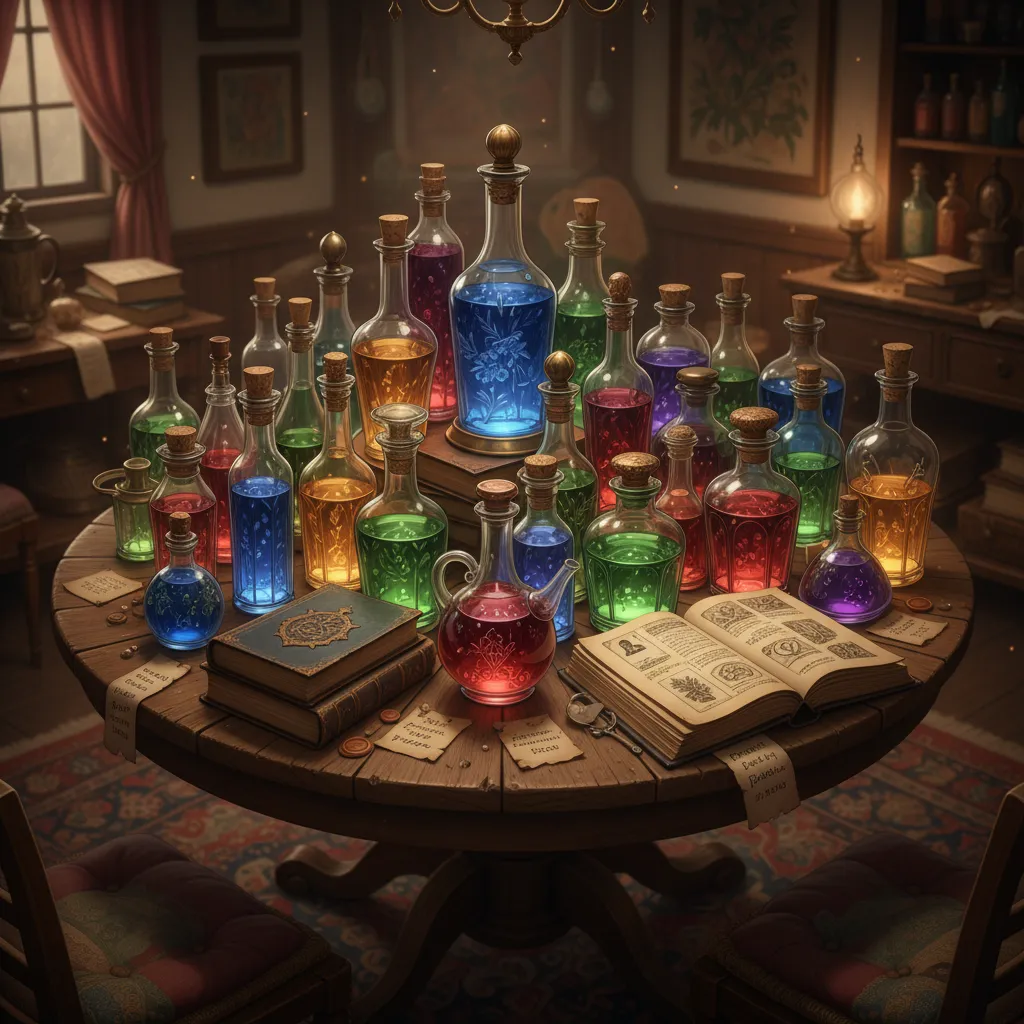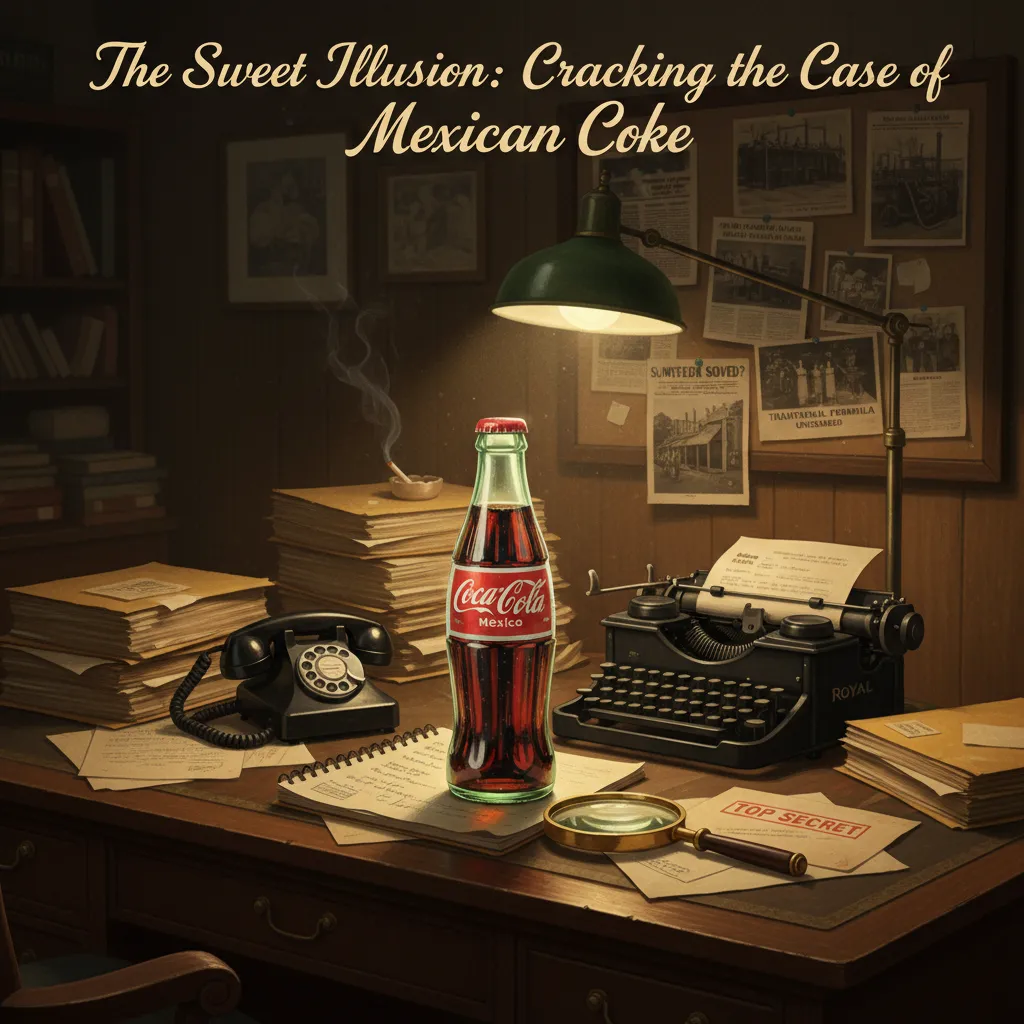You grab a frosty glass bottle stamped 'Hecho en México,' pop off the cap, and take a triumphant swig. That first sweet fizz is like childhood summers bottled up. But as you lounge on what used to be a pew in an 1800s church (don’t ask, long story), it hits you: Is this Mexican Coke really what it claims to be—or is it all a sugary mirage? Let’s tumble down the unexpected rabbit hole of cane sugar, cornfields, and a soda identity crisis.
That Sweet, Fuzzy Feeling: The Cult of the Bottle
Imagine this: You’re standing in a tiny corner store, somewhere between the dusty chips and the humming refrigerator. Your eyes land on a row of Mexican Coke glass bottles. The sunlight catches the thick, curved glass. You see the Hecho en México label, all the words in Spanish, and suddenly you’re not just thirsty—you’re nostalgic. You’re craving a feeling as much as a flavor.
That’s the magic of the bottle. It’s not just about what’s inside. It’s about the coke nostalgia that comes with holding something that looks and feels different from everything else on the shelf. The coca cola authenticity seems to pour out of that retro design, promising a taste of the past and a little bit of rebellion.
The Glass Bottle: A Time Machine in Your Hand
There’s something about the weight of a Mexican Coke glass bottle that makes you slow down. It’s cold, heavy, and just the right size for your hand. The glass is thick, not flimsy like the plastic bottles you see everywhere else. The classic greenish tint and the embossed Coca-Cola logo feel like a direct line to another era—one where things were simpler, and maybe, just maybe, a little bit sweeter.
People say, “Mexican Coke is just so much better real.” And a big part of that “realness” is the bottle itself. It’s not just a container; it’s a symbol. The Spanish labels, the retro curves, the old-school cap you have to pry off with a bottle opener—these details matter. They tell you, This is the original. This is authentic.
Nostalgia and Comfort in Unfamiliar Places
Let me tell you about the time I brought a bottle of Mexican Coke on a solo road trip. I’d rented a quirky Airbnb—a tiny cabin that used to be an 1800s church. There was a faded picture of Jesus on the wall, and the place smelled like old wood and adventure. I was alone, a little nervous, and a little excited. But when I twisted off the cap and heard that familiar psst, I felt at home.
That bottle was more than a drink. It was a comfort object, a piece of home in a strange place. The glass was cold in my hand, the bubbles fizzed against my lips, and for a moment, I wasn’t just in a cabin-turned-church—I was anywhere I wanted to be. That’s the power of coke nostalgia in a bottle.
Spanish Labels and the Allure of Authenticity
Walk down any grocery aisle in the U.S., and you’ll see rows of red cans and plastic bottles. But the Mexican Coke glass bottle stands out. The Spanish words, the “Hecho en México” stamp, the old-school design—they all shout authenticity. It’s not just a drink; it’s a statement. You’re choosing something different, something with a story.
For many, that Spanish label is a badge of honor. It says, “I found the real thing.” It’s a little bit exotic, a little bit rebellious. It’s the illusion of a product smuggled across the border—a rebel’s treat, even if you just picked it up at the local supermarket.
Hipster Cachet: The Harder to Find, the Sweeter the Prize
Scarcity makes the heart grow fonder. When Mexican Coke first started popping up in the U.S., it wasn’t everywhere. You had to hunt for it—at specialty stores, taco trucks, or tucked away in the back of a bodega. That hunt became part of the experience. As one fan put it:
"It still comes in this cool retro glass bottle that makes me feel really cool about myself...and that is why I will continue to drink it."
For hipsters and collectors, the bottle itself became a status object. The harder it was to find, the more you wanted it. It wasn’t just about taste—it was about being in the know, about having something unique. The Mexican Coke glass bottle became a symbol of authenticity, nostalgia, and a little bit of rebellion all rolled into one.
So next time you crack open a bottle, remember: you’re not just drinking soda. You’re sipping on a sweet illusion, wrapped in glass and memory.

Sugar, Subsidies, and Sudden Plot Twists
Imagine you’re standing in the soda aisle, staring at two glass bottles. One says “Coca-Cola” and the other says “Coca-Cola, Hecho en México.” You’ve heard the legend: Mexican Coke is the real deal, made with pure cane sugar, not the high fructose corn syrup you find in American Coke. But how did we get to this point, and is the story really so simple?
US Coke: How Corn Won the Sweetener Wars
Let’s rewind to the 1980s. Back then, all Coca-Cola was sweetened with the same thing: straight-up sugar, or what scientists call sucrose. But then, the plot thickened. The US government decided to help American farmers by pouring money into corn production. Corn subsidies made it incredibly profitable to grow as much corn as possible. At the same time, the US slapped tariffs on imported sugar, making it expensive to bring in cane sugar from other countries.
The result? The US became a land overflowing with cheap corn, while sugar prices soared. Soda makers like Coca-Cola had every reason to switch to a new, cheaper sweetener made from all that corn: high fructose corn syrup (HFCS). By the late 1980s, HFCS had taken center stage in American soft drinks, including the classic Coke you find in every gas station cooler.
Mexico Coke: The Sweet Illusion of Cane Sugar
Meanwhile, a different story was brewing south of the border. Mexican Coke built its reputation on sticking with cane sugar, the old-school sweetener. For years, fans in the US would seek out bottles of “Hecho en México” Coke, convinced it tasted better and was more “authentic” than the American version. The idea of cane sugar Coca-Cola became a kind of legend—one that fueled taste tests, nostalgia, and even cross-border soda runs.
Science Steps In: The 2010 Mexican Coke Experiment
But here’s where the plot twists. In 2010, a group of scientists decided to put the legend to the test. They gathered bottles of soft drinks—including both American and Mexican Coke—from stores in East LA. Their goal: to see what kind of sweetener was really inside.
The results were surprising. The researchers found that the Mexican Coke samples contained no sucrose at all. Instead, they detected only glucose and fructose—the building blocks of high fructose corn syrup. In other words, the so-called “cane sugar” Coke from Mexico was chemically indistinguishable from its American counterpart. The science debunked the simple narrative of ingredient purity. The taste might be different, but the sweetener wasn’t always what the label promised.
Soda Taxes in Mexico: Economics and Unintended Consequences
The story gets even stranger in 2013. Mexican lawmakers, worried about rising obesity rates—Mexico was called “the fattest country in the world” by some public health officials—decided to act. They introduced a nationwide soda tax to curb sugar consumption. As one report put it:
"Mexican legislators slapped on a tax for soda...which sent Coca-Cola looking for cheaper options to bottle their Coke—cheaper options equal high fructose corn syrup."
This move made it more expensive for bottlers to use cane sugar. The logical response? Switch to high fructose corn syrup, just like their US counterparts did decades earlier. By 2013, more and more Mexican Coke bottlers were quietly making the change, even for bottles destined for Mexican markets.
High Fructose Corn Syrup vs. Cane Sugar: Taste, Chemistry, and Myth
So, what’s really in your bottle? The answer isn’t as clear as the marketing suggests. Thanks to US agricultural policy, trade barriers, and Mexico’s own soda taxes, the lines between US vs Mexican Coke have blurred. Scientific analysis shows that the supposed “real sugar” Coke is often sweetened with the same corn-based syrup found in the US. Yet, the legend lives on—fueled by nostalgia, taste tests, and the powerful pull of a good story.
- 1980s: US corn subsidies and sugar tariffs push Coke to use HFCS.
- 2010: Study finds no sucrose in Mexican Coke from East LA—just glucose and fructose.
- 2013: Soda taxes in Mexico drive bottlers to switch to HFCS for cost savings.
In the end, the tale of Mexican Coke is less about pure ingredients and more about economics, public health policy, and the unexpected twists that shape what’s in your glass.

When Brands Play Dress-Up: Marketing and Mythmaking
You walk into your local Target, and there it is—a glass bottle with a familiar red label, but this time, it’s stamped with “Hecho en México.” The bottle glints with nostalgia, promising a taste of something more “authentic” than the regular stuff. You pick it up, feeling like you’re in on a secret. After all, everyone’s talking about the coca cola taste difference—the idea that Mexican Coke, with its supposed real cane sugar, is the true original. But as you hold that bottle, you have to wonder: are you buying a flavor, or just a story?
This is the sweet illusion at the heart of the soft drink industry’s secrets. Once Coca-Cola realized that people like you were searching for something “real,” they didn’t just sit back and watch. As one fan put it,
“Coca-Cola has caught on to this idea that people like me love Mexican Coke and they've totally leaned into it.”The company doubled down on the Mexican aesthetic—glass bottles, Spanish labels, and a marketing campaign that whispers of the “authentic” and “original.” It’s a carefully crafted image, designed to make you feel like you’re tasting history, not just a soft drink.
But here’s where the mythmaking gets interesting. Some bottlers claim they still ship “real sugar” Coke to the U.S., fueling the legend of the coca cola authenticity. Yet, ingredient lists and independent tests often tell a different story—sometimes what’s inside that bottle is just as corn-syrupy as the American version. The truth is slippery, and the company’s statements don’t always match the science. It’s a dance of nostalgia and marketing, with a dash of trickery thrown in for good measure.
So why does it work? Because, as you take that first sip, the experience feels different. Maybe the taste is identical, maybe it’s not. But the glass bottle is cold in your hand, the Spanish words make it feel special, and the story you’ve been sold is bubbling in your mind. This is the magic of emotional marketing—where the feeling of being “in the know” can eclipse the facts on the label. The soft drink industry’s secrets aren’t always about what’s in the bottle, but about what’s in your head.
Coca-Cola’s mythmaking isn’t just about selling a drink; it’s about selling a feeling. The brand knows that nostalgia is powerful. When you see that “Hecho en México” label, you’re not just buying a beverage—you’re buying a memory, a sense of belonging, a ticket to a story that feels bigger than yourself. The company has mastered the art of turning ordinary products into cultural icons, using every tool in the marketing toolbox to make you feel like you’re part of something authentic, even if the reality is more complicated.
And that’s the real secret. The line between perception and reality has never been more fizzy. Even if the ingredients are the same, the experience is not. Presentation works wonders, and the story you tell yourself about what’s in that bottle can be more powerful than any scientific breakdown of sugars and syrups. In the end, you have to ask: is it the flavor you’re loyal to, or the feeling of being “in the know”?
As you finish your Mexican Coke, maybe you realize that the real difference isn’t in the taste, but in the myth. The soft drink industry has always been about more than just what’s in the can or bottle. It’s about the stories we buy, the memories we chase, and the way a brand can dress up a product to make it feel like something special. In the world of coca cola authenticity, sometimes the sweetest illusion is the one we choose to believe.
TL;DR: Mexican Coke isn’t always what the legend says. With shifting ingredients and savvy marketing, what’s in the bottle may not match your memories—but hey, the glass sure feels good.



